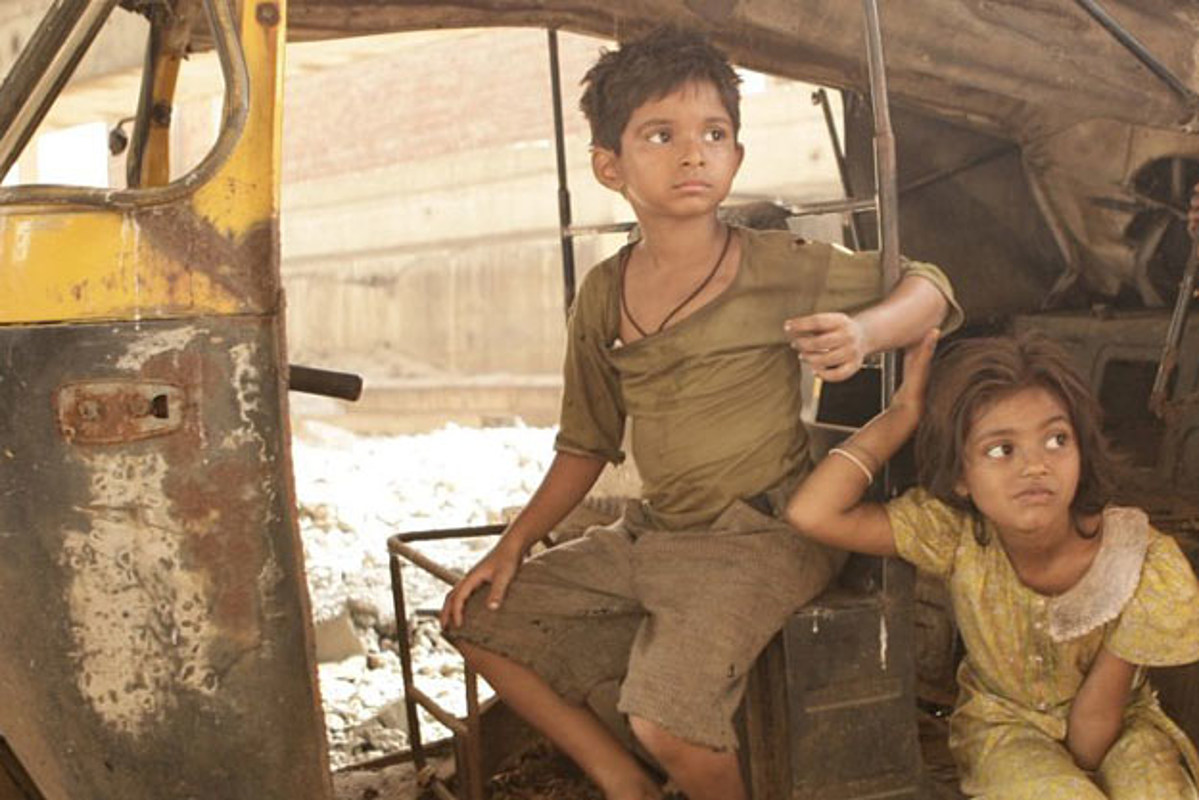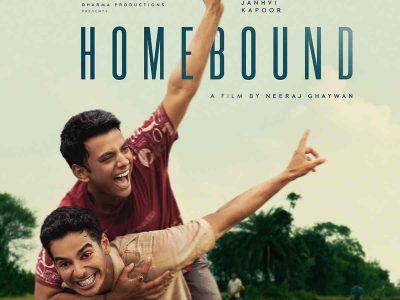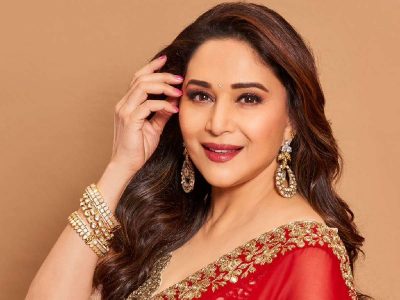Netflix’s Indian Matchmaking earning an Emmy nomination makes us question the depiction of India — to, by and for the western world, yet again
When Elizabeth Gilbert’s life falls apart, she embarks on a journey of self-discovery. And what’s better than India – the “land of yoga, religion and spirituality” – for such a healing, cathartic journey? While Gilbert might be just a character, played by Julia Roberts, from the classic film Eat Pray Love, one can’t deny how people from the West actually do so, or have been doing, since decades.
India is often viewed by the West as the exotic land of snakes, Kamasutra, yoga and Bollywood – ridden with poverty, famine, caste & class division and corruption. But is that all that there is? At least that is what Indian films or shows (made by and for the Western audience) seems to believe!
Recently, Netflix’s Indian Matchmaking earned an Emmy nomination at the 73rd Primetime Emmy Awards in the Unstructured Reality Program category, among notable shows which include RuPaul’s Drag Race: Untucked, Becoming, Below Deck and Selling Sunset. As soon as the news went viral, the Indian audience were amazed or rather, shocked. There was an outpour by netizens, with comments which questioned the choice, as this show was deemed “bizarre” and nothing short of a “cringe fest” and was “hate watched” by most, especially in our country.

The show revolves around Sima Taparia, a Mumbai-based matchmaker, who guides her clients in India and in the US for arranged marriages. The way this show has depicted this custom, and not to forget how certain derogatory and orthodox views were passed off as normal – was problematic, to say the least. But not to the Western audience probably. They might have been amused by this, just like they were with the ‘poverty porn’ Slumdog Millionaire.
Danny Boyle’s Slumdog Millionaire created waves in the global cinema. It, however, also faced criticism for presenting a picture of India which the West always preferred to see (and hence came the disturbing concept/ term ‘poverty porn’). Be it Mira Nair’s Salaam Bombay or Satyajit Ray’s Pather Panchali – the Oscars too preferred Indian films which catered to that need – to view India a certain way.
Either that, or as amusing as shown in Indian Matchmaking, or A Suitable Boy (which also has marriage as a predominant theme). Even the Oscar nominated The White Tiger could not escape the gaze entirely it seems.
Though, the film – unlike the other ones in the past – had a full Indian cast, and did win accolades for its inspiring story of an underdog. But it was definitely made keeping in mind the western audience, and that comes across vividly. From depicting the American Indian woman in the film (Priyanka Chopra) as a more progressive and empathetic human, and focusing on the culture of slavery and the class division prevalent in India – The White Tiger might have attempted to impress the white audience. That, however, is debatable.

Though, India is a society infested with these issues – and the portrayal has been accurate enough, but the intention was to focus on these topics, as these sell like hot cakes in the West, and the huge success of Slumdog Millionaire proves so. And so do other such films in the past, which have shown India’s pitiful condition or focused on the sorry state of our country to win home international awards or recognition.
The way Indians are depicted to the West, over the ages, has improved. But the stereotypes linger on. The most recent instance being Mindy Kaling’s creation, Netflix’s Never Have I Ever. Though, the series has received a lot of love from all ages, and across countries, for its endearing storytelling and an ensemble of minorities. But from giving the Indian cast a ‘typical accent’, to yet again bringing the ‘arranged marriage’ card or ‘typical orthodox Indian parents’ – some things did appear cliched. Though, for most part of the series (especially, the second season) – it did steer clear of more such cliches.
Last year, The Simpsons character Apu was called out for being a problematic depiction of an Indian. This has been the case with several shows and films, be it in popular ones like The Big Bang Theory or Schitt’s Creek (both of which have an Indian character used as a comic tool, with a weird accent and so on).
Though, things are changing – as we have seen how the depiction has gotten better with time. Be it Priyanka Chopra heading a series Quantico, or Rahul Kohli in The Haunting of Bly Manor, or Maitreyi Ramakrishnan earning accolades in the much-loved teen drama Never Have I Ever. Thus, with cliches – the good depictions co-exist. But we Indians hope for a day the Indian stereotypes cease to exist in world cinema altogether.
(Cover: A still from Slumdog Millionaire)





